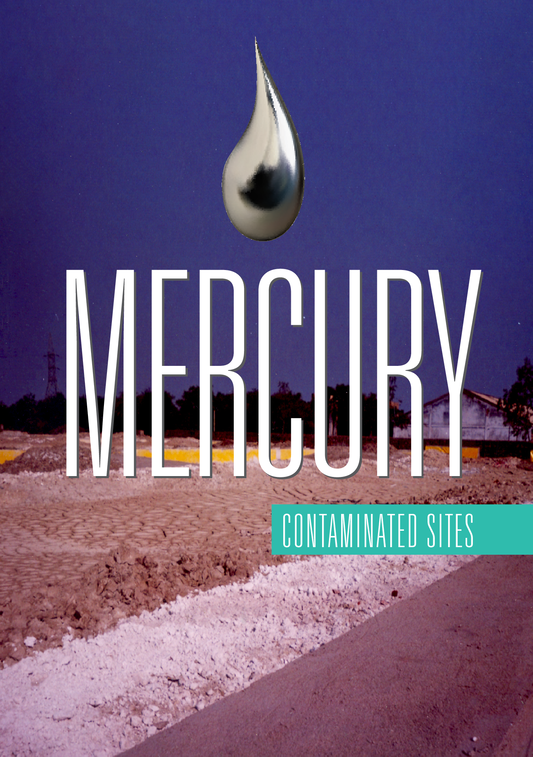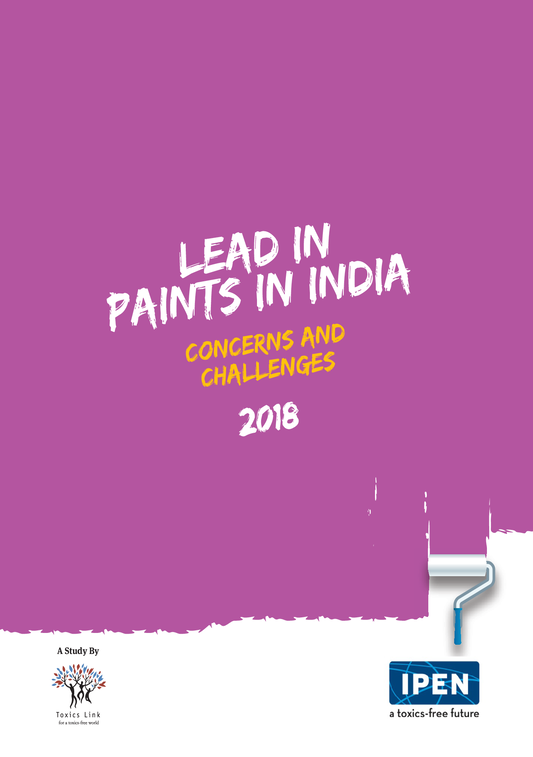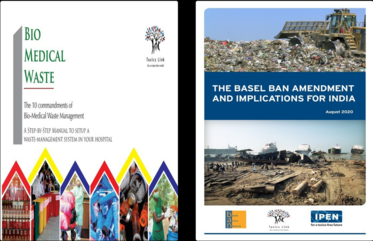
Title: An Insight of Mercury-Free Products in India
Publication Type: Research Reports
Year of Publication: 2021
Abstract:This study is an indication on the overall status of the mercury-free alternative products in India. It was found that in some of the sectors like health care and lamps, India has made considerable progress in shifting to the alternative products. However, the cost and quality of the products are the major concerns for India considering the wide diversity of the socio-economic class of people living in the country. Further information on the health hazards of mercury is low among the consumers, traders, manufacturers and the workers as well.Another important aspect of the study is that the domestic demand for mercury and mercury-free products are largely met with the import from China. Incidentally the study also reflected that with the ban on export of mercury products from China, business is getting affected particularly of health care instruments like thermometer and sphygmomanometer. Nevertheless, there are industries which are manufacturing mercury-free products in India and with suitable policy and government handholding India can become a manufacturing hub for the mercury-free products. Therefore, it’s the right time for the government to assess the current scenario and act accordingly to make it a mercury-free country and also emerge as a manufacturing hub for mercury-free products.
Suggested Readings
Mercury Contaminated Sites
In the study, 6 face wash, 3 body washes, 3 face scrubs from different brands, 1 face mask and 5 varieties of leave-on lotions were analysed for detecting the presence of microplastics (water insoluble) of more than 0.45 micron size. Large numbers of particles, especially granular material were observed with naked eye. Stereomicroscopic examination as well as filtration indicated presence of micro particles in 9 out of the 18 samples tested. The findings indicated presence of microplastics in most of the rinse off cosmetics. Interestingly, none of the leave-on products were detected with microplastics or even microparticles. Presence of insoluble micro particles in majority of the rinse off products does raise an alarm. These are designed to be disposed of with no possibility of recovery or recycling. Out of the 12 rinse off products included in the study, 5 of them were found to have microplastic. Since these are direct body to drain products, the beads from these products get directly into the water system and through the water channel reach the larger water bodies.
Lead in Paints
In the study, 6 face wash, 3 body washes, 3 face scrubs from different brands, 1 face mask and 5 varieties of leave-on lotions were analysed for detecting the presence of microplastics (water insoluble) of more than 0.45 micron size. Large numbers of particles, especially granular material were observed with naked eye. Stereomicroscopic examination as well as filtration indicated presence of micro particles in 9 out of the 18 samples tested. The findings indicated presence of microplastics in most of the rinse off cosmetics. Interestingly, none of the leave-on products were detected with microplastics or even microparticles. Presence of insoluble micro particles in majority of the rinse off products does raise an alarm. These are designed to be disposed of with no possibility of recovery or recycling. Out of the 12 rinse off products included in the study, 5 of them were found to have microplastic. Since these are direct body to drain products, the beads from these products get directly into the water system and through the water channel reach the larger water bodies.
Persistent Organic Pollutants POPs Country Situation Report
In the study, 6 face wash, 3 body washes, 3 face scrubs from different brands, 1 face mask and 5 varieties of leave-on lotions were analysed for detecting the presence of microplastics (water insoluble) of more than 0.45 micron size. Large numbers of particles, especially granular material were observed with naked eye. Stereomicroscopic examination as well as filtration indicated presence of micro particles in 9 out of the 18 samples tested. The findings indicated presence of microplastics in most of the rinse off cosmetics. Interestingly, none of the leave-on products were detected with microplastics or even microparticles. Presence of insoluble micro particles in majority of the rinse off products does raise an alarm. These are designed to be disposed of with no possibility of recovery or recycling. Out of the 12 rinse off products included in the study, 5 of them were found to have microplastic. Since these are direct body to drain products, the beads from these products get directly into the water system and through the water channel reach the larger water bodies.













